Presented by the North Peace Historical Society & Fort St. John North Peace Museum
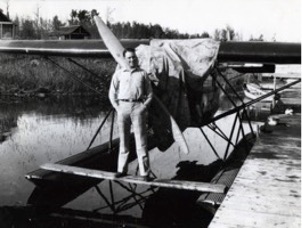
Roy Taylor was injured in a logging mishap on Charlie Lake in 1935.
Friends and neighbours raised $350 for bush pilot Grant McConachie to fly Taylor to Edmonton. Main Street was too muddy for take off while carrying a heavy patient. Instead, McConachie picked Taylor up at Red Powell’s place on Charlie Lake.
The flight was a success: Roy Taylor recovered and Grant McConachie made the Powell’s sheltered bay his landing spot on future flights.
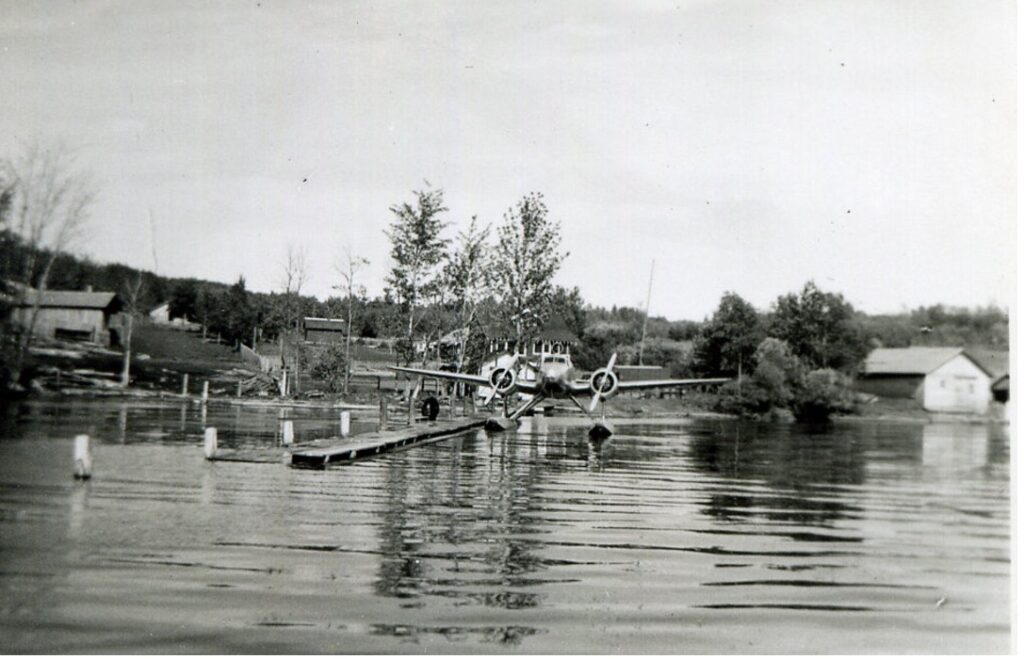
Grant McConachie got the government mail contract for his company United Air Transport to deliver mail to Fort St. John and Fort Nelson and later obtained the mail contract from Edmonton to Whitehorse.
United Air Transport and its successor, Yukon Southern Air Transport, set up radio stations from Fort St. John to Whitehorse. Yukon Southern started a passenger service from Vancouver to Fort St. John and Fort St. John to Whitehorse. This was twenty years before the railway came to Fort St. John!

Fort St. John’s first airstrip was on the south side of the Peace River on the flat across from the old fort. The second airstrip ran east and west near where Central Elementary is today. The first purposely built airstrip was at Grand Haven (near the present-day Rona). Yukon Southern operated from this strip before the Second World War.
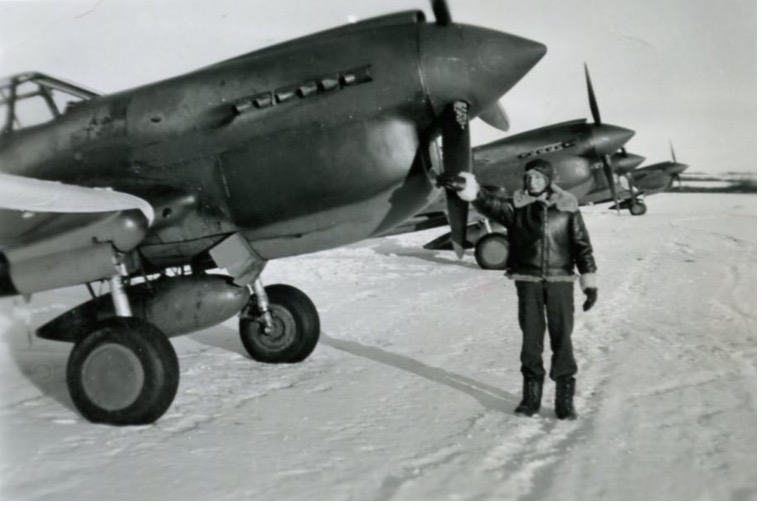
McConachie hired workers to build runways in northeastern British Columbia and the Yukon. These runways formed the basis for the Northwest Staging Route.
The Canadian Government realized the strategic importance of this route prior to the Second World War. They sent crews to build or improve airstrips and install radios and lighting for 24-hour aviation. Edmonton, Grand Prairie, Fort St. John, Fort Nelson, Watson Lake, and Whitehorse were the primary Canadian airfields on this route.
After the United States entered the war, the Americans took over and finished these airfields. They used them for the lend-lease program which sent planes to the Soviet Union.
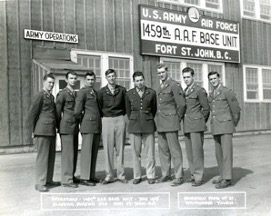
In 1939, Tomlinson Brothers Construction began building the airfield in its present location. Buckthorne Kiewit constructed the buildings. The United States Army Air Forces (USAAF) Base Unit 1459 Alaska Division took over construction. They completed and upgraded the airport and extended the runways.
The Royal Canadian Air Force (RCAF) provided air traffic control and field maintenance. Traffic control sometimes took place out in the open when the control tower windows frosted over! The USAAF operated the Fort St. John base until 1946 when it was turned it over to the RCAF.
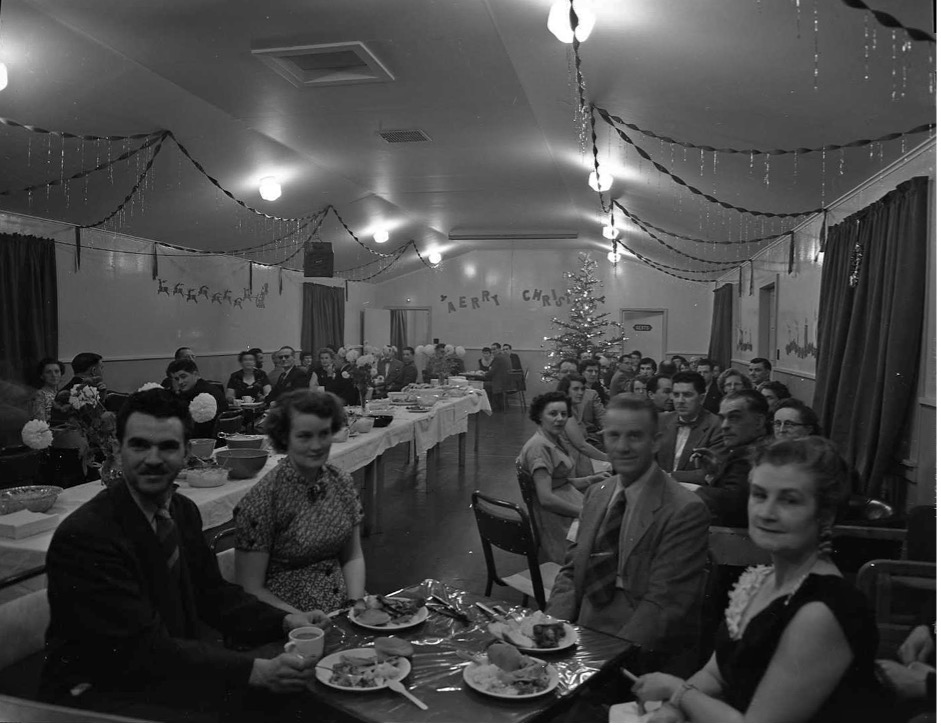
In December 1950, the RCAF turned airport operations over to the Department of Transportation. The airport became a busy place with managers, electricians, airline staff, air traffic controllers, clerks, mechanics, equipment operators, firefighters, and others working there and living nearby with their families.
Airport employees had regular pay cheques and subsidized housing, resulting in more disposable income than many locals had. The airport was a social hub with dances, parties, films, and bingo. Sports facilities included tennis courts, ice rink, curling rink, and ball diamonds. It was a real community and a wonderful place in which to grow up.
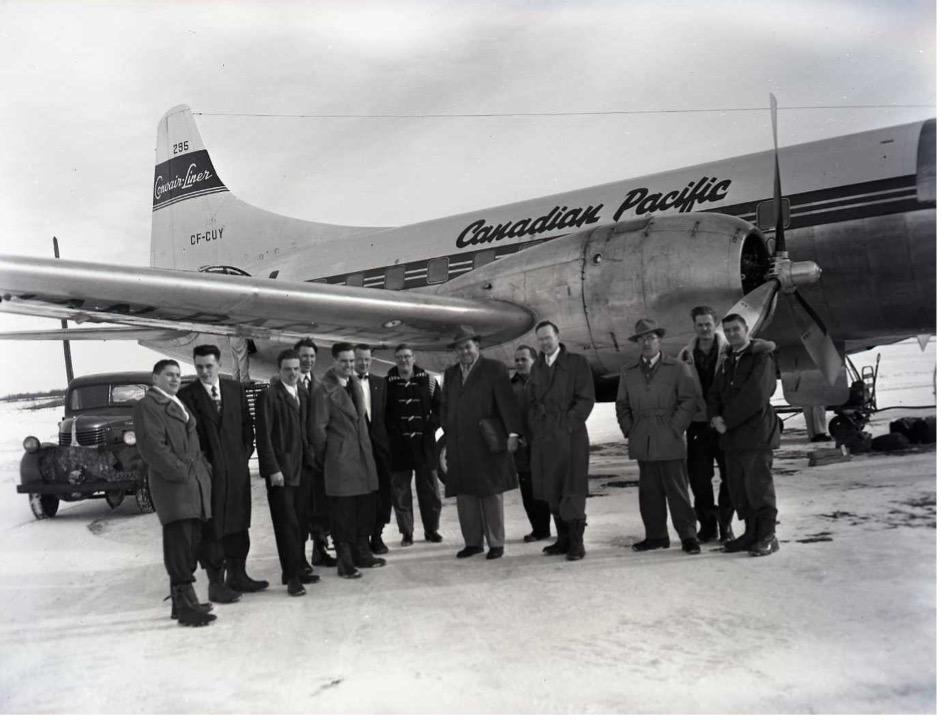
During the Second World War, the Canadian Pacific Railway Company absorbed ten bush plane outfits, including Yukon Southern. They were reorganized as Canadian Pacific Air Lines. Grant McConachie worked his way up to become president of Canadian Pacific in 1947.
In 1968, the company rebranded as CP Air. The company remembered its northern roots. A 1975 CP Air ad bragged, “CP Air, Northern B.C., and the Yukon have developed and grown together.” In 1987, Canadian Pacific was sold and became Canadian Airlines. No other major airline grew with our community the way Yukon Southern and CP Air did.
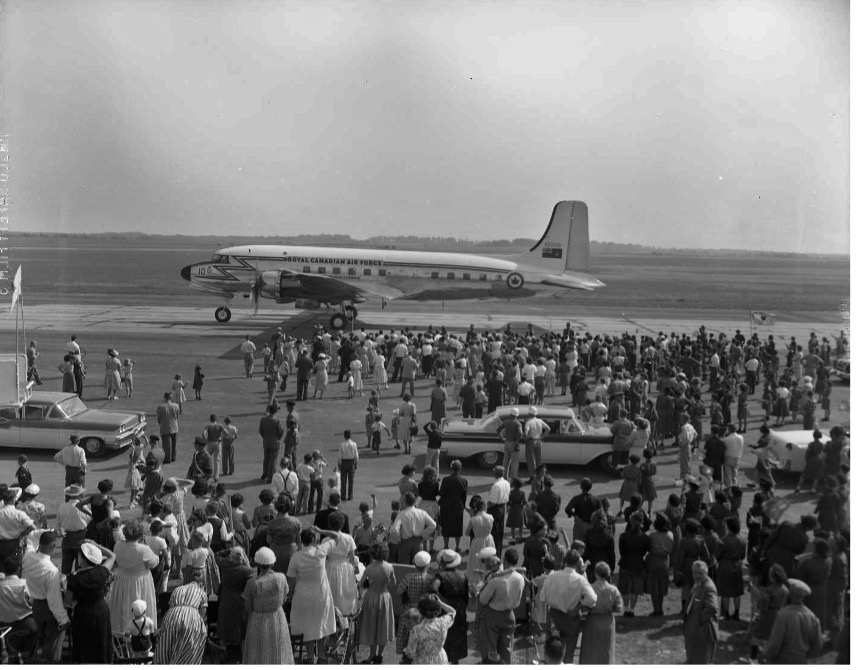
The airport became an alternate fuelling stop for the Strategic Air Command during the Cold War. In 1959, the runways were extended and resurfaced. New lighting and the Instrument Landing System (navigation aid) were added. A new maintenance garage and a fire hall were built in 1967.
A new terminal opened in 1970, but the 1942 control tower was not replaced. Frost build-up on the tower was so bad that Transport Canada staff scraped the windows with plastic rulers! Fortunately, a new tower was built in 1978. Airport improvements in the 1980s included a new sewer and water system, fencing, concrete apron, access road, and parking.
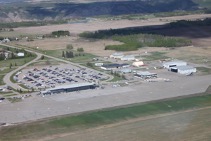
In 1997, the Canadian Government turned the Fort St. John Airport over to local authorities. Local and regional governments formed the North Peace Airport Society who contract the day-to-day operation of the airport to North Peace Airport Services. The airport was renamed the North Peace Regional Airport.
As Fort St. John grew along with the oil and gas, hydroelectric, forestry, agriculture, and retail industries, a new terminal was needed. In 2005, a 2800 square metre terminal building opened with new security measures like checked baggage screening.
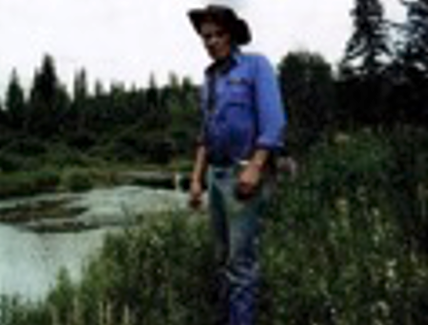
Norm Hall taught Jimmy “Midnight” Anderson how to be a bush pilot in 1956. Anderson purchased a Super Cub. He called it the Jackpine Savage after the green marks left on its propellers from close calls with spruce trees! Anderson called his crashes “controlled landings” and survived to tell the tale. He often landed on the Alaska Highway, calling it the “longest airstrip in the world.”
Anderson ran a game and guiding outfit, flying hunters in and out. In 1976, he needed a larger plane and bought a Cherokee Six. Anderson passed away in 2008, a legend in the north.
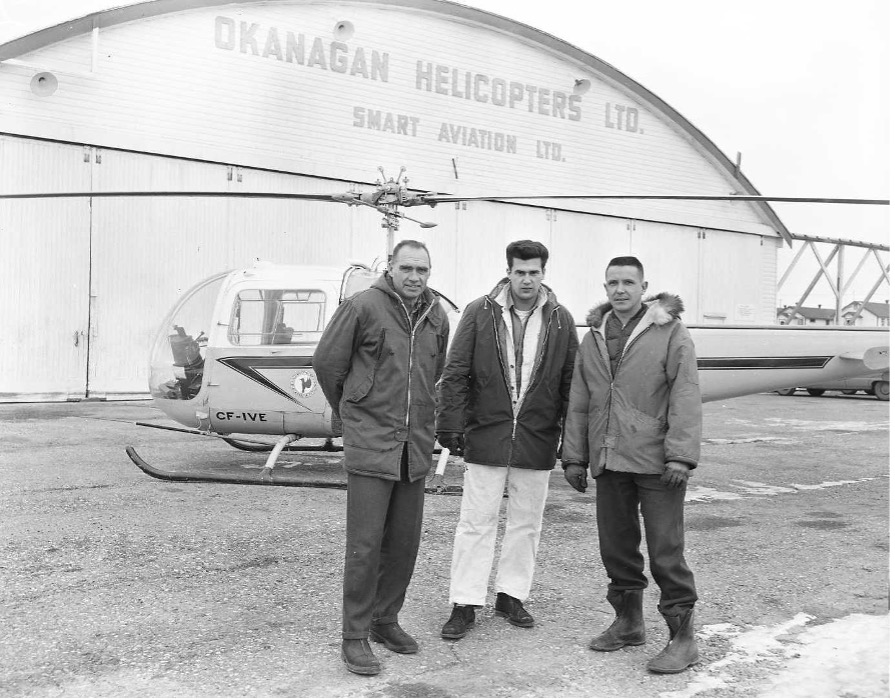
Norm Hall taught Jimmy “Midnight” Anderson how to be a bush pilot in 1956. Anderson purchased a Super Cub. He called it the Jackpine Savage after the green marks left on its propellers from close calls with spruce trees! Anderson called his crashes “controlled landings” and survived to tell the tale. He often landed on the Alaska Highway, calling it the “longest airstrip in the world.”
Anderson ran a game and guiding outfit, flying hunters in and out. In 1976, he needed a larger plane and bought a Cherokee Six. Anderson passed away in 2008, a legend in the north.